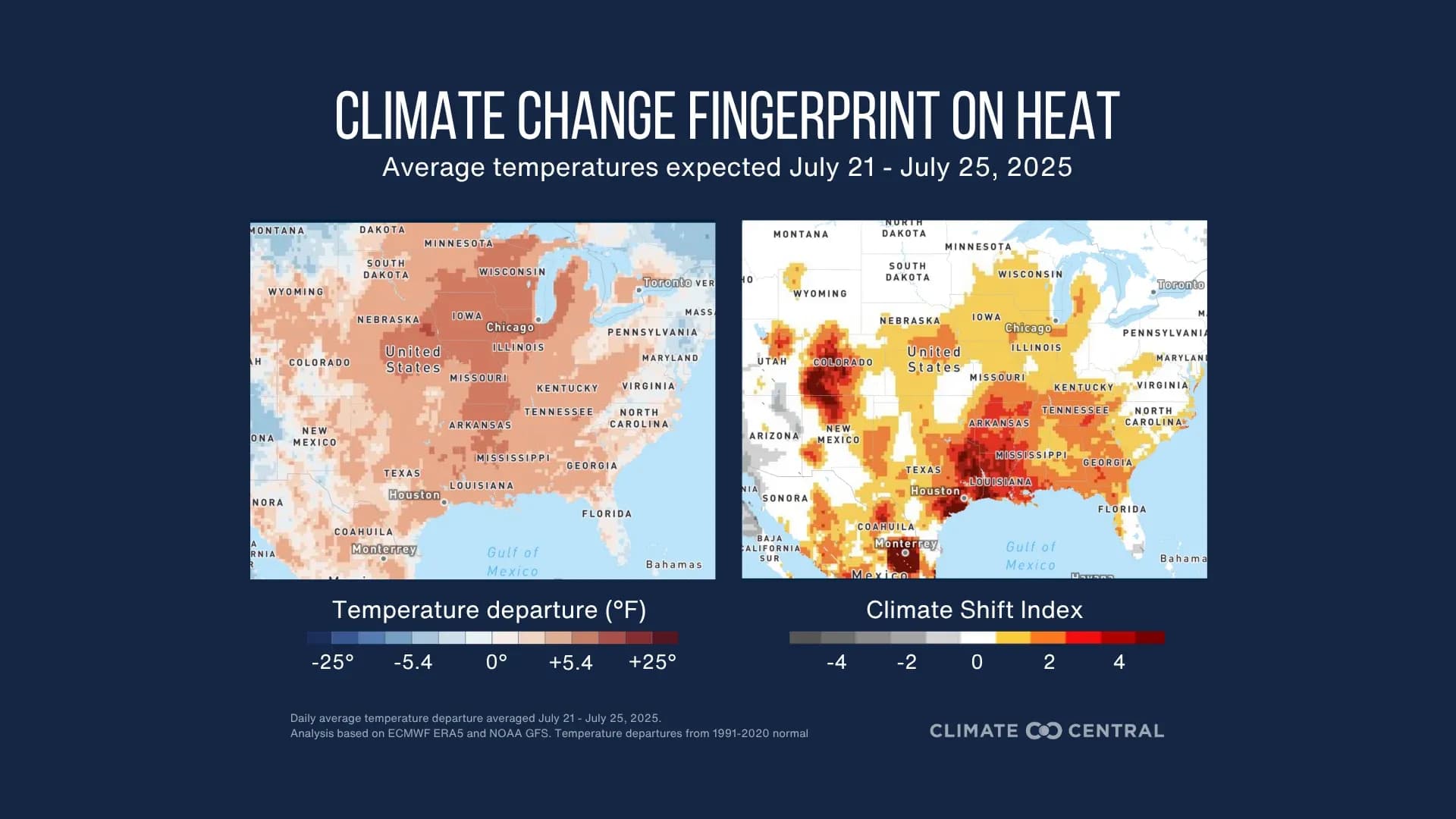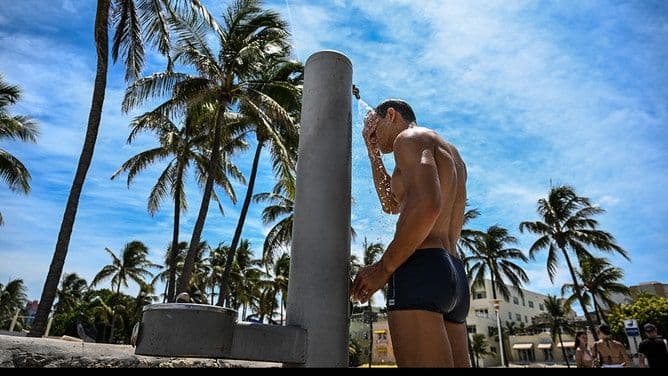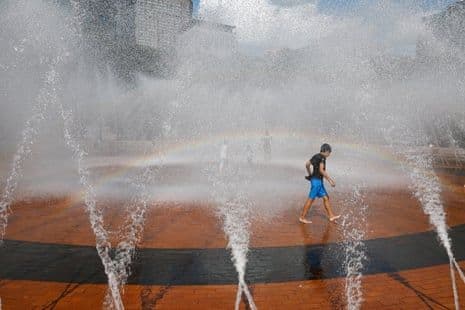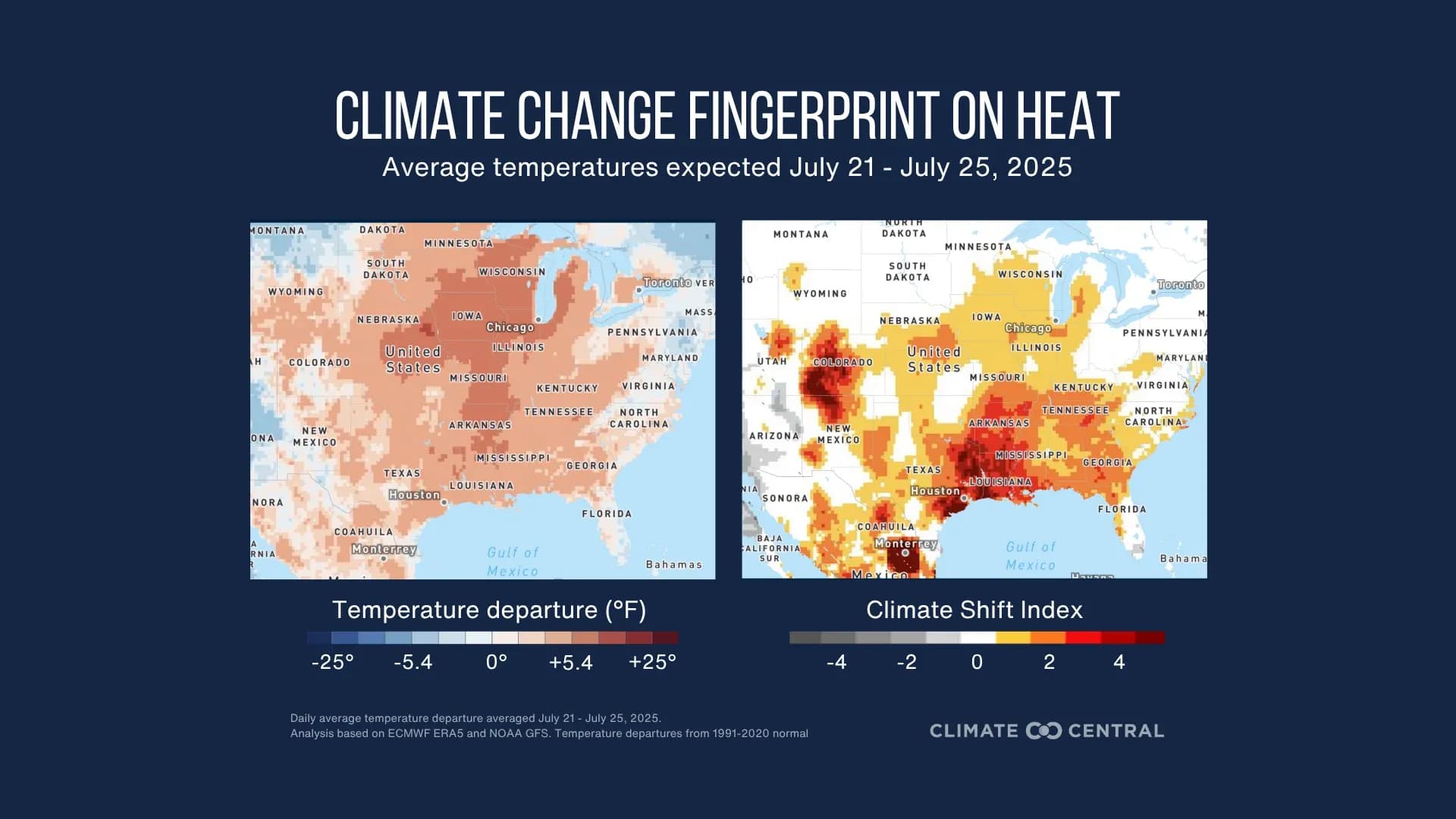The Silent Swelter: Why Our Heat Thresholds Have Plummeted
Discover why modern heat waves are more dangerous. New science reveals lower human heat tolerance. Learn essential protection strategies in a climate-changed world.
The Invisible Line: Why Heat Is Deadlier Than We Thought
For too long, our understanding of dangerous heat has been deceptively simplistic, often boiled down to a number on a thermometer. Yet, recent scientific revelations are forcing a profound re-evaluation, showing us that the true threshold for human survival in extreme temperatures is far lower than previously assumed. Prolonged exposure to warmth isn't just uncomfortable; it triggers life-threatening complications like severe dehydration, erratic heartbeats, and the worsening of pre-existing medical conditions. The game-changer in this understanding is the 'wet-bulb temperature' – a measurement that accounts for humidity's insidious role. Unlike a standard thermometer, a wet-bulb thermometer measures the temperature a surface would reach if cooled by evaporating water, essentially mimicking our body's sweat mechanism. When humidity soars, sweat can't evaporate, trapping heat within us. Where scientists once believed humans could tolerate 95 degrees at 100% humidity or 115 degrees at 50% humidity, a pivotal 2022 study concluded the actual maximum for even young, healthy individuals is closer to a shocking 87 degrees at 100% humidity. For our most vulnerable – the elderly and young children – that invisible line is drawn even lower, making the seemingly benign truly perilous.
Earth's Fever: The Climate Connection and Unseen Trends
So, if our heat thresholds have plummeted, why are we hitting them with alarming regularity? The answer, unequivocally, lies in our warming planet. This isn't just a matter of hotter summer days; it's about a fundamental shift in Earth's climate system that amplifies heat's destructive power. June 2025, for instance, marked the seventh hottest June on record, and July followed suit with temperatures averaging 1.5 degrees warmer than the most recent 30-year normal. Since 1950, average July temperatures have climbed by roughly 2.7 degrees – a seemingly small number, but as scientists point out, it's the environmental equivalent of our body developing a fever of 101.3 degrees. of the aptly calls this phenomenon 'not your grandmother’s heat wave.' These aren't just isolated events; extreme heat stress has more than doubled over the past four decades, according to . Human-caused climate change isn't merely contributing; it's making these heat waves significantly hotter, longer, and more frequent, turning what once felt like a seasonal discomfort into a profound, 'unnatural disaster' with devastating consequences.
Body Under Siege: Understanding Humanity's Vulnerability
To truly grasp the danger, we must understand the subtle yet devastating assault heat wages on the human body, especially when humidity enters the equation. Our primary defense mechanism against overheating is sweating, which cools us as it evaporates. But as the wet-bulb temperature concept highlights, high humidity renders this vital process ineffective. When sweat can't evaporate, our internal temperature rises, leading to that cascade of dangerous complications: dehydration, an overtaxed heart, and a worsening of any existing health conditions. Compounding this direct physiological strain is another insidious trend: rising overnight temperatures. Weather service data reveals that average nighttime lows are climbing even faster than daytime highs. This means that our homes, cities, and even the landscape itself don't get a chance to cool down, denying our bodies the crucial overnight recovery period needed to reset and prepare for the next day's heat. Without this respite, our systems remain under constant siege, making us cumulatively more vulnerable with each passing hot hour. It's a relentless pressure cooker, pushing our physiological limits in ways we're only just beginning to fully appreciate.
Beyond the Basics: Protecting Ourselves in a New Heat Reality
Given these alarming insights into our plummeting heat thresholds and the climate's amplifying effect, protecting ourselves goes far beyond simple advice to 'stay hydrated.' We're navigating a new heat reality that demands a deeper understanding and more strategic precautions. For instance, the persistence of heat, often trapped by phenomena like heat domes, means morning lows in the 70s offer little relief, leaving us vulnerable to cumulative stress. Forecasts of 'feels like' temperatures soaring past 110-115 degrees due to humidity underscore the critical difference between air temperature and actual perceived heat. This necessitates a proactive approach: recognizing the heightened risk for vulnerable populations, understanding the impact of urban heat islands (where concrete and lack of green space intensify temperatures), and knowing when to seek respite in cooling centers. The wisely advises anyone who must be outside to take extra precautions, but the broader imperative is for accessible, transparent scientific information. We need clear communication about wet-bulb temperatures, overnight cooling deficits, and the specific dangers of prolonged exposure, empowering communities to move beyond mere discomfort and treat extreme heat as the profound, systemic threat it has become.
Related Articles

Beyond the Thermometer: Unpacking Our New Era of Extreme Heat

Beyond the Thermometer: Unpacking Our New Era of Extreme Heat

The Climate Crucible: Unpacking the New Era of Extreme Summer Heat

The Climate Crucible: Unpacking the New Era of Extreme Summer Heat

America's Invisible Inferno: Confronting the Silent Summer Killer

America's Invisible Inferno: Confronting the Silent Summer Killer

The Enduring Burn: Unmasking Climate's Mark on America's Hottest Days
